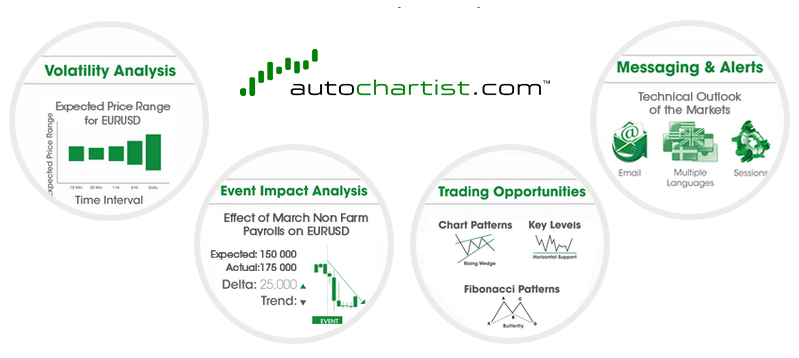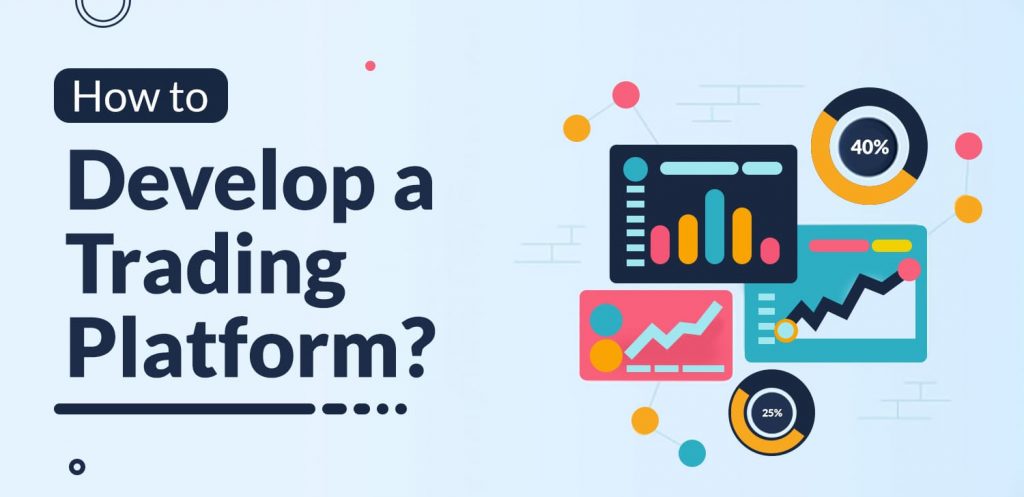
What is Exchange traded funds (ETF): Am I need to know that?
It is an abbreviation that means Exchange Traded Fund (ETF). Many researchers say that this is a type of a mutual fund, however, with its own specifics. ETF is like a big cake and the investor invests money in it. The investment fund accumulates investments of people and uses them for purchasing different instruments.
The ETF was born in the 70s. However, the real popularity appeared in the 90s. The leader of ETFs among different countries is the USA. This market takes 57,9% of all ETFs. Here, the biggest issuers are placed.
This instrument is useful for beginners and professional investors. It allows you to make your portfolio more flexible and safe. Diversification is the most important principle of these funds, and you don’t need to make your investment portfolio by yourself. It is convenient and can save you a lot of time.
ETF funds classification
How can we classify ETF assets? We can do it by the kind of financial assets that take the biggest part in the investment portfolio of these companies. For instance, it can be one instrument or an entire group. It is a valuable advantage of this instrument.
The ETF allows investing money in stocks of certain countries, euro bonds, different goods. Some ETFs may be made with a complicated management structure. These funds are called exotic or specific. We can tell these kinds of ETFs by this criteria:
- Inverted ETFs, which are also called “reversible”. This type of financial asset has a price dynamic that is inversely proportional to the cost of the underlying financial instrument. These ETFs, in other words, short the underlying instrument.
- Margin ETF. They are opposite to reversible. They propose an algorithm of long position to show bigger profitability than the base asset. For instance, when the quotation grows by 1%, the cost of an ETF will increase by 2%.
- Volatility ETF. It is an ETF with a volatility index in the core. It is also called the fear index. Volatility is a metric of the market that indicates how changeable the quotation is.
Features of exchange traded funds (ETF-s)
ETF is an instrument that is well-known for its simplicity for traders and investors on financial markets. You can make different operations with stocks of the fund at any time during the session of making orders on financial markets. If you are going to work with an ETF, you should use the services of a company. You’d better carefully choose an organization you want to work with successfully because there are a lot of scammers in this market.
Also, it is important to understand what the fees for using the services of the broker are. However, it isn’t the same commission that is taken by an exchange or by a broker. Also, it isn’t additional.
All the ETFs (like mutual funds) take a fee for managing the fund (expense rates) to cover all the operational spendings of the fund issuer during all the life of a certain fund including administrative expenses, marketing, and many others. This commission is a percent of the average net assets that this fund owns.
What are the advantages of exchange traded funds?
- Wide diversification of all the assets that are used by an investment fund that created the ETF. Organizations that are issuers of ETF shares usually decide not to invest all the money of clients in one financial instrument. They invest in a group of financial instruments, other assets, or stock index for making operations more reliable. It allows them and traders to diversify a portfolio and decrease the impact of local risks of individual companies. However, the most often used financial asset is the stock index. That’s why traders think that an ETF is a kind of an index fund. In some way, it is really so. Diversification is very important because it decreases risks for trading a certain financial instrument or several of them. Diversification is the main condition for everyone who wants to invest money. When you trade only one financial instrument, it looks like gambling. Moreover, it resembles it very much. The real investor tries to reduce risks and creating a diversified investment portfolio is a very reliable way to do it.
There are three kinds of financial instruments categorized by the income-risks ratio: conservative, medium, and aggressive. The first type can protect you from inflation but does not give a real profit. However, this type is the most reliable, and you can be sure that you won’t lose your money. Aggressive investments are associated with higher risks but they are very profitable. You can choose an ETF with the ratio that is optimal for you. - Commissions for working with an ETF are lower than in trust management companies. As was said above, an ETF is an instrument that can be purchased or sold autonomously, using only broker services and the platform for making operations on the financial market. At this time, the average commission for trust management is about 20% (success fee). When working with ETF, you will pay only a commission according to the plan. Why? Because the commission is part of the price. It is convenient. You need to pay once.
- Most often, the price of an ETF is significantly lower than individual shares. It allows diversification at a smaller price. Let’s give one example to make this statement more understandable. We have shares of the Amazon company (AMZN). They cost $3,249. SPDR S&P500 ETF TRUST (SPY) costs 390 dollars. Here, we have two pros: diversification and lower price. It is great, isn’t it? That’s why it is so profitable and popular among traders.
- An ETF allows you to invest in the stock market of the country that isn’t available for you if you want to buy its assets from your brokerage account. For instance, if you want to invest in the Kazakhstan stock market, you may not be able to do it in your country or your broker might not offer these services. However, ETFs give you this opportunity. You just need to buy assets of one company, and you get a lot of them.
What do you need to understand?
An ETF financial asset has a lot of advantages that attract the attention of investors. However, you’d better not forget about the risks of working with this instrument. They aren’t very huge but you need to take them into account.
- You may face lags of a base asset. It is associated with risks but can be useful in some situations. For example, if the correction was on the market, there is a possibility to have time to exit from the market before the ETF followed the underlying asset.
- If you work with a complex ETF, it may be necessary to make an additional analysis of the structure and risks of this financial instrument. For example, before buying a reversible ETF, you need to analyze the leverage size and match the underlying asset price dynamics.
- The risk of closing the country index closing for the respective ETFs. The predominant number of ETFs in the world are issued on stocks or rather on indices, for example, S&P 500. However, now all the ETFs have well-known indices in the base. Also, it is expensive to maintain them. That’s why, for creating an ETF, little-known ETFs are used so often.
- Don’t forget about the risk of delisting.
Exchange traded funds vs mutual funds: what is better?
Traditional funds accept orders during the trading session. They are executed at the closing of the market.
ETFs are traded constantly, during all the trading sessions. It allows you to fix the cost of instruments that are the base asset of the fund.
It is profitable to buy an ETF and keep it for a long time. It is a great tool for investors who want to buy the asset once and keep it for many years. This is a very useful tool for performing long-term investments.
You need to pay a low commission for ETFs compared to the average investment fund. Despite the need to pay a broker commission to buy them, it is very small spending compared to the amount of money you need to pay for the fund.
We can say that ETFs are types of mutual funds. However, the structure of ETFs is significantly more complicated compared with classical funds. Due to this fact, the requirements are different.
We can say that most ETFs are index funds. For this reason, investors should study the philosophy of index trading that decreases the value of choosing the financial assets that are corresponding to the market in general.
Why do you need to trade ETFs?
The principle is the same as with shares because a fund places its stocks, and then investors buy them. Thus, it is convenient. You don’t need to know how to make unfamiliar orders. The actions you need to perform are the same as purchasing shares.
Also, this is a fast method to increase your income with minimal risks.
We can talk about the following advantages of ETFs:
- are safe like standard stocks.
- are convenient and save time.
Naturally, the ETF is significantly more difficult. Members of the operations, including brokers, managers, and analysts, put together the ETF to make trading very convenient.
Written by: Carolyn Huntington


